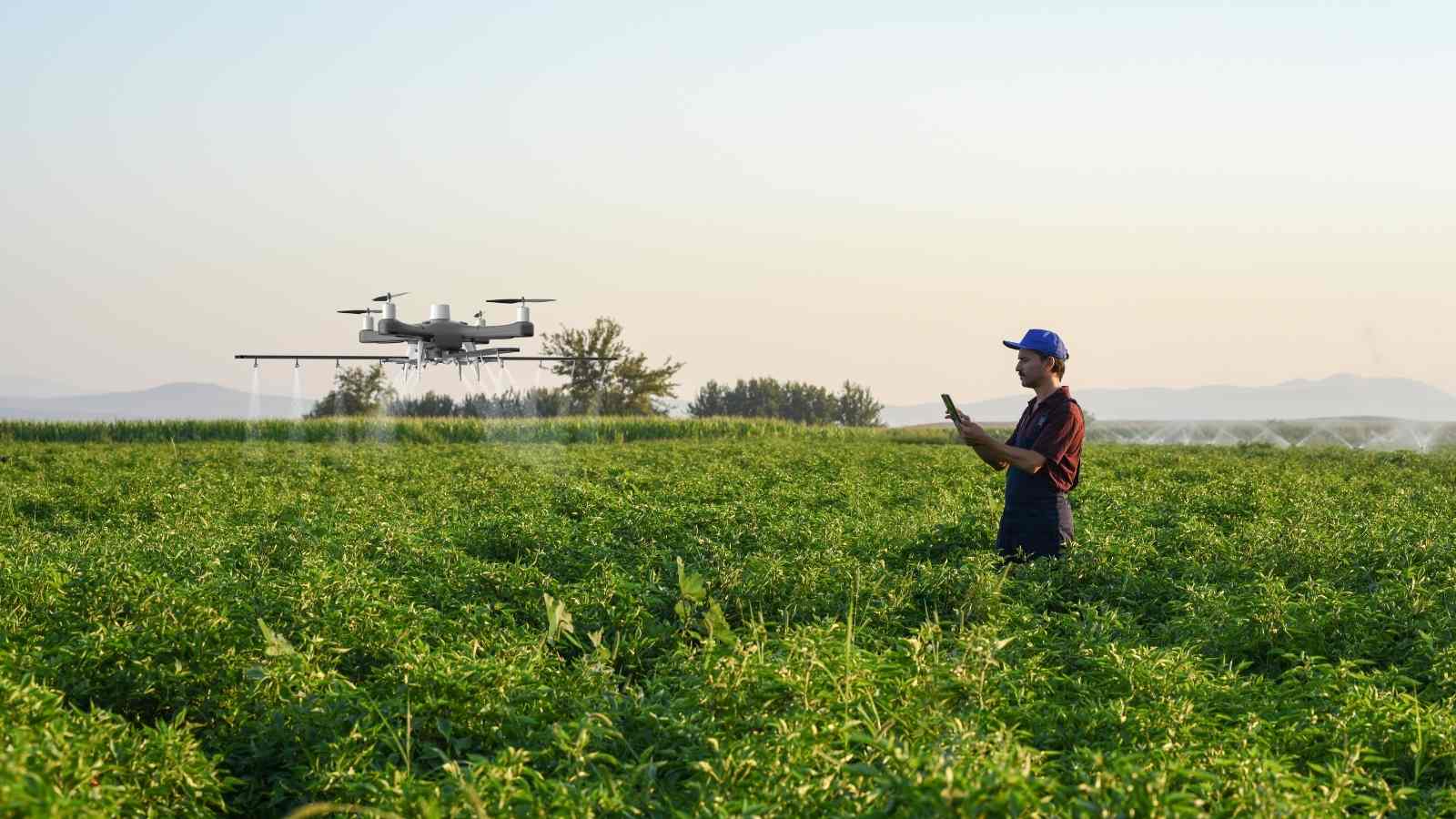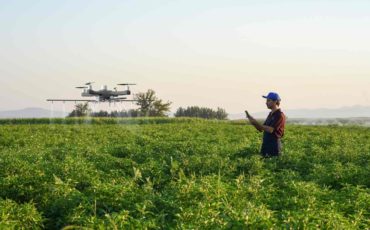To make more use of the available resources and to trigger the growth rate of the crops, the farmers should make use of new techniques . With the evolving world of technologies , the farmers are being provided with technical support like the sensors, the robotics and, also with various weather monitoring items. It is very obvious that with more and more population pressure on the land, the pressure on agriculture will increase constantly as well .
However , one should also keep in mind that not only will the demand of food increase but the available space to grow the same will also simultaneously keep dwindling . With more people hovering on the planet , the need for building houses will increase which will result in steady chopping of forests and occupying much of the farm lands as well . In such trying times , when the farmers have to reap the best quality crop from the tiniest patch of land , it then that the benefits of the smart farming can be best understood .

By means of smart farming , the frequency of introduction of Internet of Things ( IoT ) to the various domains of agriculture like horticulture , or like in any other agricultural sector , has steadily risen . In the past years , it has often been seen that the entire process of farming had been dependent upon the monetary investment or about the natural calamities or about the excessive hard labour that the farmers had to put in to raise the crops . Well , if not been able to put a stop , the smart farming processes to a large extent has eased out the work of the farmers in their respective farming processes . Here in , at large we will be discussing about the ways in which the introduction of smart farming has ( and even will in the future years ) brought about a change in the scenario of farming in India .
The two most important aspects of the smart farming in helping to transform the existing farming condition in India
1 ) Efficient water monitoring is considered to be the top most help provided by the smart farming
Raising a large field at times might turn out to be very tedious for the hard working farmers. Through the various tools provided by Interned of Things ( IoT ) , the farmers can easily keep a track of the existing conditions of the soil in the field . All the data of the soil can be collected without the actual presence of the farmer . The Advance Metering Infrastructure ( AMI ) helps in keeping a check on the water which is required or the water which has been used up in the farming process .
In the traditional methods , it was very likely that lots of water would have been wasted . However , with the implementation of these smart farming tools , the farmers are signalled only when the soil suffers a deficiency of water . All the more , by this method of water monitoring , the farmers are also informed remotely about any nearby water resource . The benefit does not end there itself . The farmers are further made aware of the dampness or the dryness of the soil by fixing sensor nodes within the soil surface . The sensors placed within give information regarding which type of water conservation technique can be utilised .
2 ) Geo fencing is yet another important aspect of the smart farming
With the increased cost of all items in the market , the procuring of seeds for the farmers has also become very difficult . With the additional cost of the water resources and also of the fertilizers , the farming has indeed become a costly and a complex process . To help the farmers earn a side income as well to cater to their needs , many of them have got themselves aligned with livestock raising as well . The rearing of cattle helps in providing a steady income .
To further make the work load of the farmers , the smart farming provides tags for the cattle which can be tracked via GPS ( Global Positioning System ) . This method has reduced the losing of cattle while they are being left loose to graze on their own . The various new techniques of Internet of Things ( IoT ) has further helped in understanding the reproducing mechanisms of the cattle . Even the amount of milk or meat can also be reported earlier through the use of smart farming .

